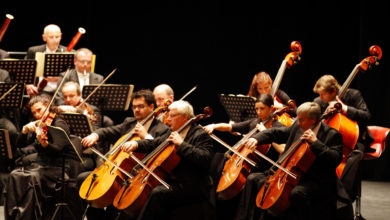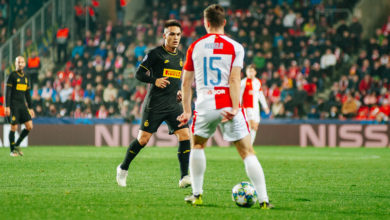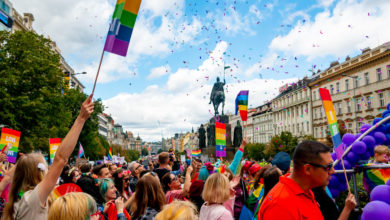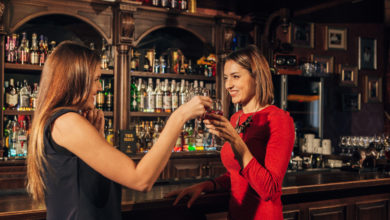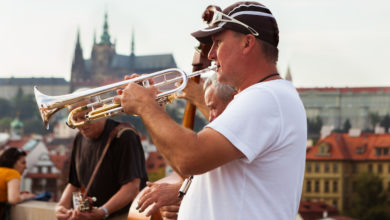Cinema
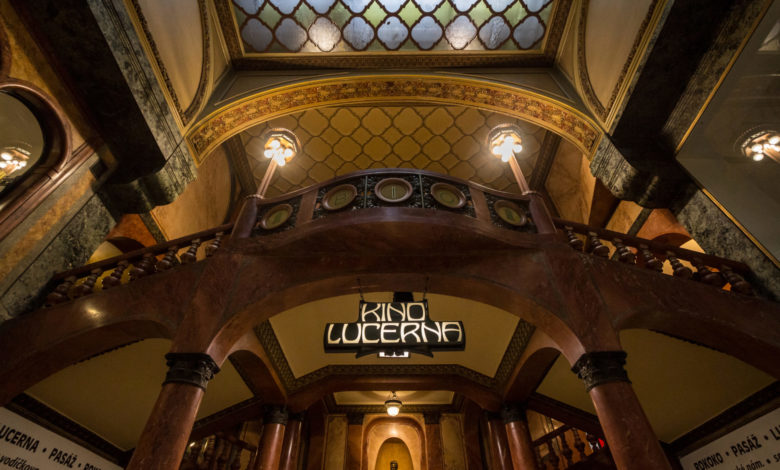
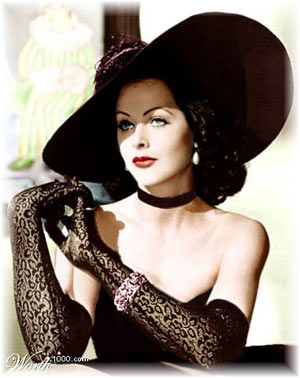
Cinemas Listing
Atlas Art Kino www.atlascinema.cz
Cinema City Flora www.cinemacity.cz
Cinema City Galaxie www.cinemacity.cz
Cinema City Letňany www.cinemacity.cz
Cinema City Nový Smíchov www.cinemacity.cz
Cinema City Slovanský dům www.cinemacity.cz
Cinema City Zličín www.cinemacity.cz
Cine Star Anděl www.cinestar.cz
Cine Star Černý Most www.cinestar.cz
Evald www.evald.cz
Kino Aero www.kinoaero.cz
Kino Mat www.mat.cz
Lucerna www.lucerna.cz
Modřanský biograf www.modranskybiograf.cz
Premiere Cinemas Park Hostivař www.premierecinemas.cz
Ponrepo – Bio Konvikt www.bio-ponrepo.cz
Světozor www.kinosvetozor.cz
Just 130 km from Prague in Karlovy Vary is held annually in July International Film Festival. The Karlovy Vary Festival gained worldwide recognition over the past years and has become one of Europe’s major film events. On the colonnade, you can meet film stars as well as crowds of excited film viewers who came to enjoy the festival atmosphere. Screenings take place in spa hotels and local cinemas.
History of Czech Cinema
If we go back to the past – it was 1932 when Czech cinema went global with the release of the film ‘Ecstasy’ starring a fresh-faced Hedy Lamarr bathing in the nude. During the few decades to follow, only a small number of other Czech movies, like ‘The Fabulous World of Jules Verne’ (1958) by Karel Zeman, gained international recognition.
This all altered after the Czech New Wave from 1963 to 1968, which saw the emergence of Ivan Passer, Jiří Menzel and Miloš Forman onto the world stage.
In 1967, Menzel’s film ‘Closely Observed Trains’ won an Oscar. However, the Russian invasion of 1968 stunted creativity, and it would take thirty more years for things to improve again.
After 1989, a group of upcoming movie producers called the ‘Velvet Generation’ have been responsible for re-igniting the global appeal of Czech movies with films like Loners, Kolya and Divided We Fall, which was nominated for an Oscar. Film’s like Pusinky by Karin Babinská and Václav by Jiří Vejdelek’s have been acclaimed by critics, festival prize juries and audiences, as have films such as Beauty in Trouble by Jan Hřebejk and Something Like Happiness by Bohdan Slama, which are both characters led films. These movies run in art-house film theatres domestically and attract a select but dedicated fan base overseas.
Three Czech movies that won the Academy Award for Best Foreign Language Film were The Shop on Main Street (Obchod na korze) by Ján Kadár and Elmar Klos in 1965, Closely Watched Trains (Ostře sledované vlaky) by Jiří Menzel in 1967 and Kolya (Kolja) by Jan Svěrák in 1996.
Czech film-maker and Playwright Alice Nellis has drawn widespread acclaim for her unique stories about family life and the distinctive way the changes after 1989 have affected it.
She won the top prize in the Czech film industry recently, the Golden Kingfisher, for her fantastic film ‘Little Girl Blue’, a tale of a nightmarish day for a housewife and mother from Prague who believed she had it all.
Success stories like these have been rare, however, and those in the industry believe that there is no requirement for them.
As with lots of global audiences, Czech movie fans are delighted to witness themselves on the big screen, so domestic films do not have to aspire any further than television to create a worthwhile return on investment. Take productions like Gympl by Tomáš Vorel, a pot-boiler based in a high school, or Bestiář, an examination of wealthy Prague citizens, their daily lives and their fads.
Images of Prague continuously appear in Western culture, although less expensive eastern venues are gaining some of the screen time more recently. Prague is not only popular for tourists but also many international movies have been shot here: Mission Impossible, The League of Extraordinary Gentlemen, Amadeus, Everything is Illuminated, Oliver Twist, Hellboy but the film Casino Royale, in 2006, really put Prague on the map. The films that came after, with hardly any exceptions, were low budget affairs that managed to achieve the impact of much higher budget rivals: Last Holiday, Hostel, The illusionist and Young Hannibal: Behind the Mask.
There is, however, also another element to making films in Prague: the status enjoyed by the makers of films like GI Joe, Prince Caspian and Wanted, who tend to occupy the Barrandov Studios in the city for many months on end. This is something, ironically, that the Czech filmmakers cannot afford to do.
Film Festivals
One World
Festival One World focuses on documentaries about human rights. It brings thrilling testimonies about the lives of those people whose rights have been violated or are currently in a difficult situation. Many movies are investigative trips where filmmakers risk their own lives, yet the idea to inform the world about injustice pushes them. You will probably be surprised to find out that powerful stories do not take place only abroad, but they can be in your neighbour’s flat.
Febiofest
The Febiofest festival was originally an independent festival for fans, and it has become a big international event during twenty years of its existence. Directors like Roman Polanski or Tom Tykwer have had a chance to introduce their movies. The festival presents the best of international production, retrospectives and profiles of filmmakers and explores new territories and new filmmakers. However, organizers still focus on the original aim and profile of the festivals: everything for viewers. So come and see for yourself.

